Plant Basics is a new section here on p/c that aims to teach you the essentials of homemade plant-based cooking.
Each recipe shared in this section is easily adaptable and it’s supposed to serve as an inspiration so you can create your own plant-full delicassies at home.
If you struggle with some theme in particular or simply would like my take on it, share your suggestions on the comments section at the end of this post!
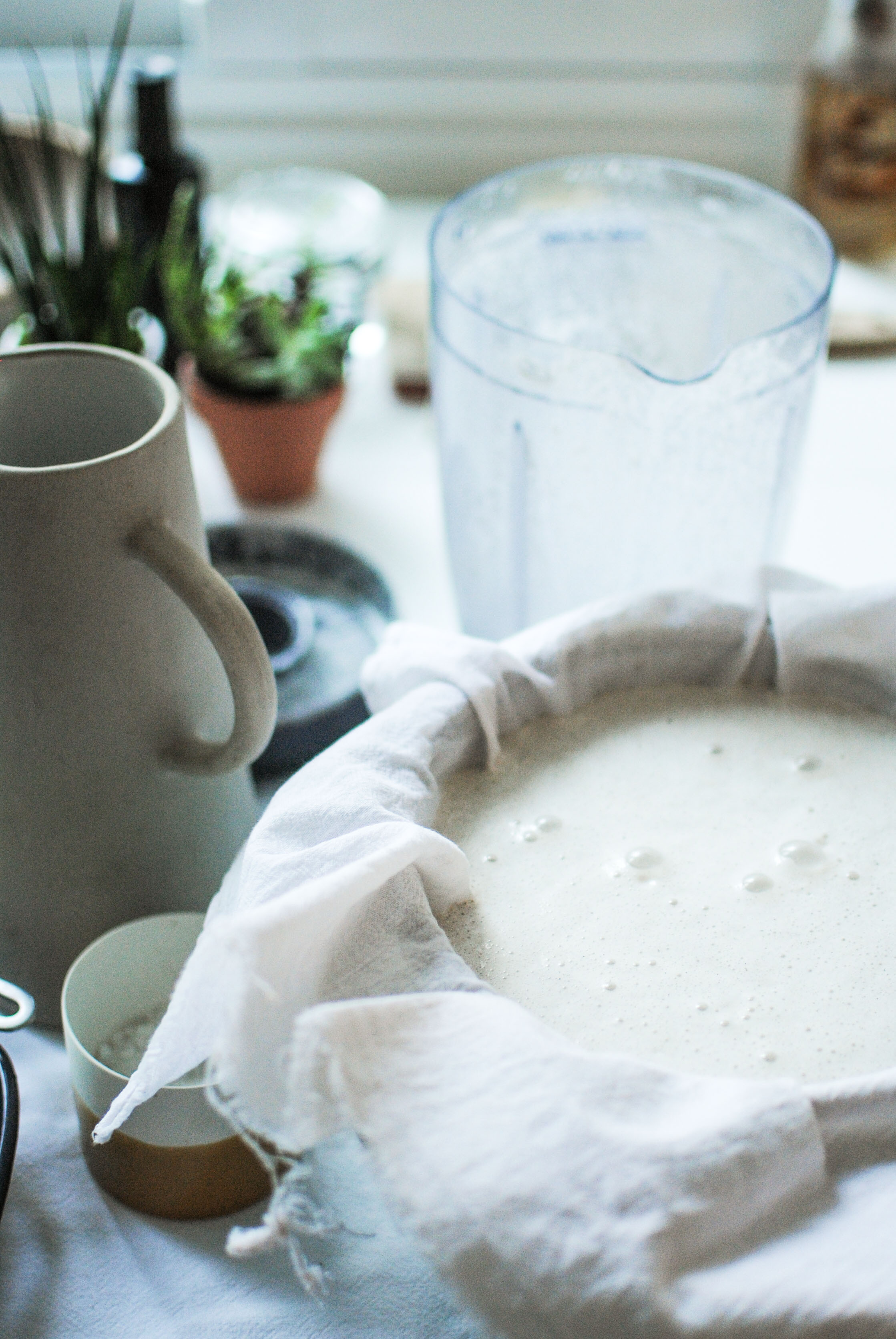
Today we’re talking PLANT MILK!
There’s more and more people giving up on dairy milk these days either motivated by health reasons, animal compassion, environmental concerns or all of the above. If you take milk on a regular basis, I highly recommend you to do your research and take your own conclusions. It’s always good to be informed about the ingredients that go on our bodies and their impact on our planet.
Plant milk is the best and most similar drink, compared to conventional milk, that we can find. However, it is very important to state that, nutritionally, they are not similar at all. Dairy milk is very rich in protein, vitamin D and calcium while plant “mylk” usually lacks in these. There are also differences in terms of fat, carbohydrates and sugars.
Check out this simple article where you can see more about four different types of milks.
Personally, I believe plant milks may be used in moderation and protein + calcium can be sourced from a variety of cereals, legumes and veggies.
A lot of brands are making and selling a wide array of plant miks that can go from rice, oat, almond and coconut to hazelnut, vanilla, tigernut or hemp.
Very often these beverages are full of nasty ingredients that we wanna stay away from and, therefore, I encourage you to make your own “mylks” at home!
It can be easy, almost no work and you even get an extra bonus, as usually the “mylk” pulp can be used for a multitude of recipes like cakes, cookies, pestos, porridge, nutmeat… #zerowaste as we like it!
So, what can I use to make these plant based drinks? >> Mainly nuts, seeds or even cereals.
In the recipe below I use sunflower seeds because it is a cheap option, soaks fast and is easy to blend.
So, which ones are harder to blend? Do you need to soak every time? Is it mandatory to sieve the liquid?
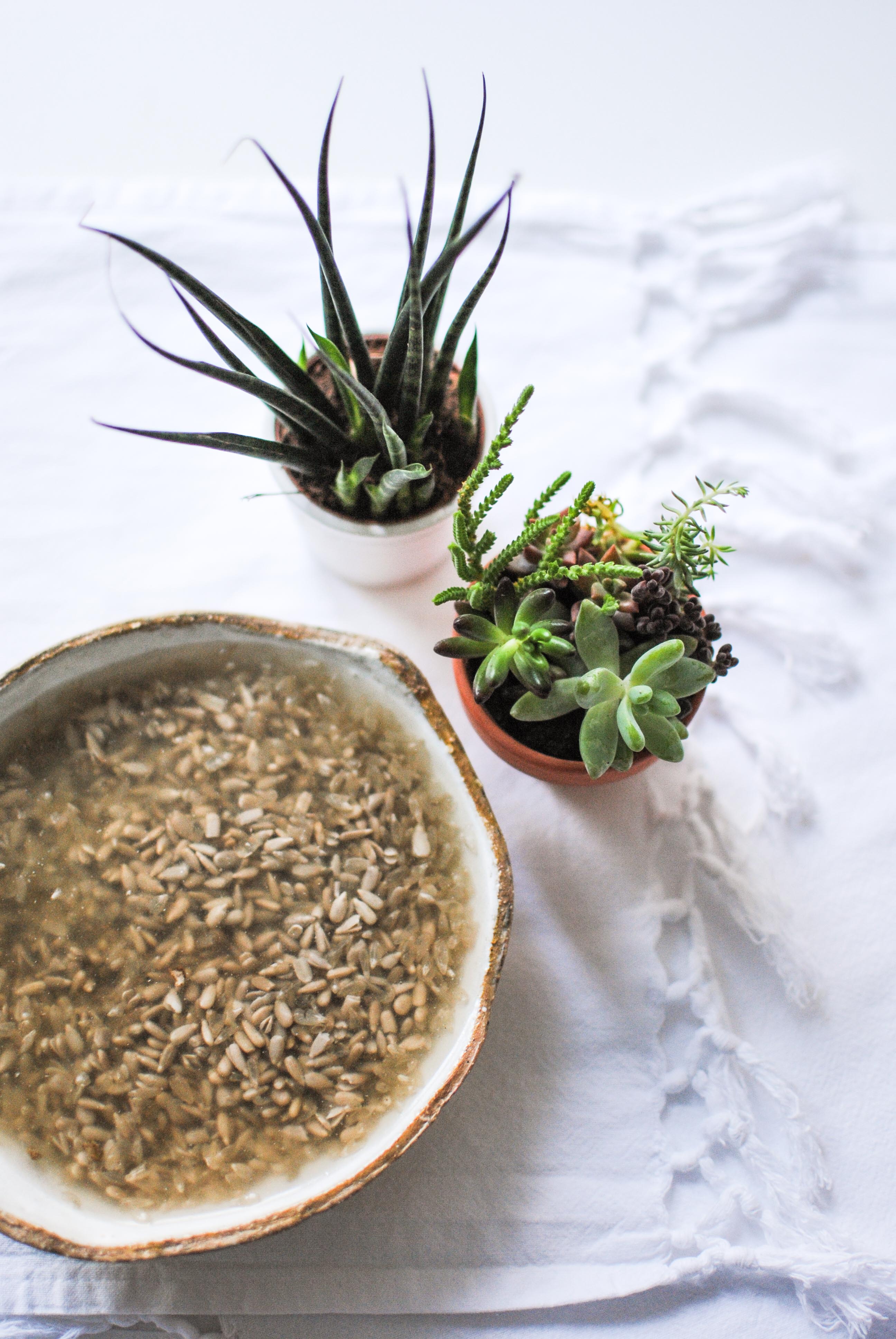
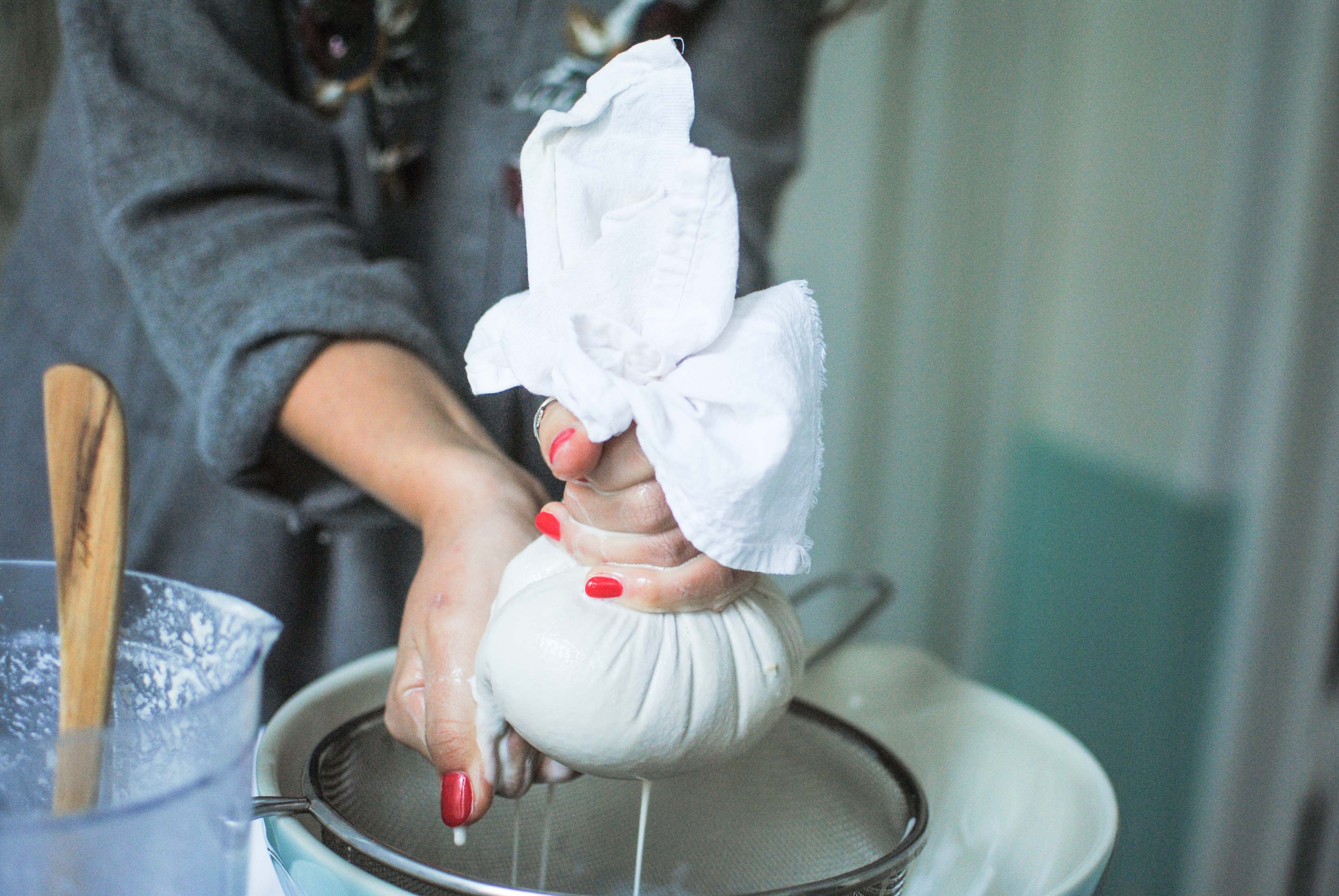
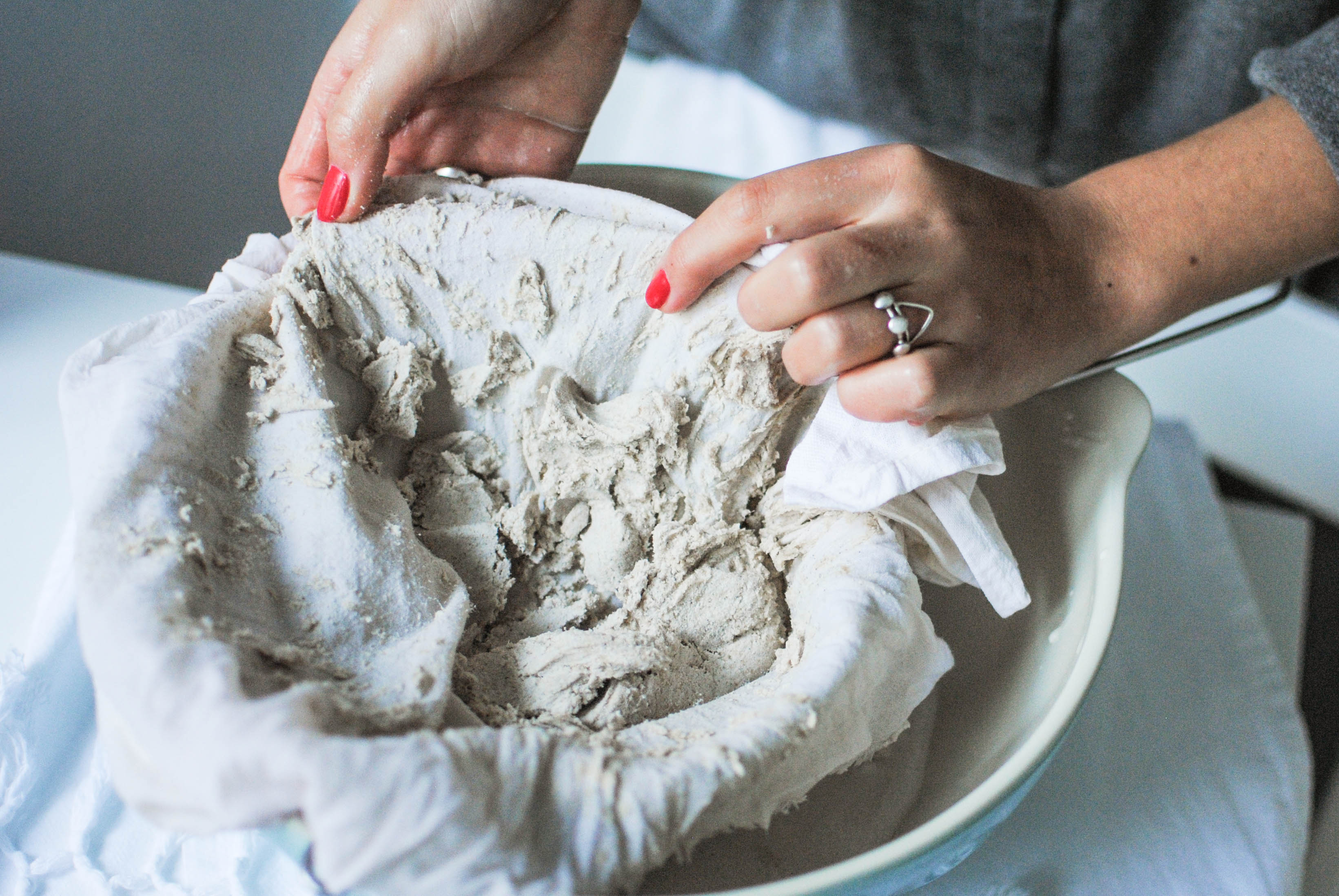
Soaking is always a good option once it removes phytic acid and thus makes the nuts/seeds easier to digest. However, if digestion is not an issue, there are some ingredients that can be simply blended for a quick plant milk option.
Must soak, cook and sieve: rice, oat groats, soy, millet;
> Usually need to soak, cook for a set time, blend, sieve. These mylks are hard work but very cozy and highly digestible.
Must soak and sieve: almonds, hazelnuts, cashews, brazil nuts, macadamia nuts, pecan or walnut (I personally don’t like the outcome);
> I suggest to soak for 8-12 hours, or overnight, blend and sieve. My favourite is almond and brazil nut.
Just blend and sieve: coconut, hemp hearts, oat flakes, quinoa flakes, sunflower seeds, pumpkin seeds;
> You can still soak these ingredients and make them easier on the tummy. Coconut can be the dried version but, if you can, use the fresh one and taste the real deal! This is my favourite by far, but sunflower and hemp are also yum.
Just blend, no sieve: any of the above (just blend and sieve) if you are using a high-speed blender.
> Even with the state-of-the-art blender you get tiny little grains – like dust.
> If using on a recipe it’s fine (and keeps the fiber, which is great!) but to drink, I personally prefer to sieve)
Homemade Plant Milk
yields for 3 cups
Ingredients:
1 cup raw sunflower seeds
Plenty of water, to soak
3 cups mineral/filtered water
*optionals*
½ teaspoon sea salt
½ teaspoon natural vanilla powder
Method:
1. Soak the sunflower seeds in plenty of water for, at least, 4 hours.
2. Discard the soaking water and blend the soft seeds with the water and remaining ingredients.
3. Adjust seasoning – add other flavourings if you like or use a soft date to sweeten the milk.
4. Sieve the mix through a cheese cloth and keep in the fridge for up to two days.
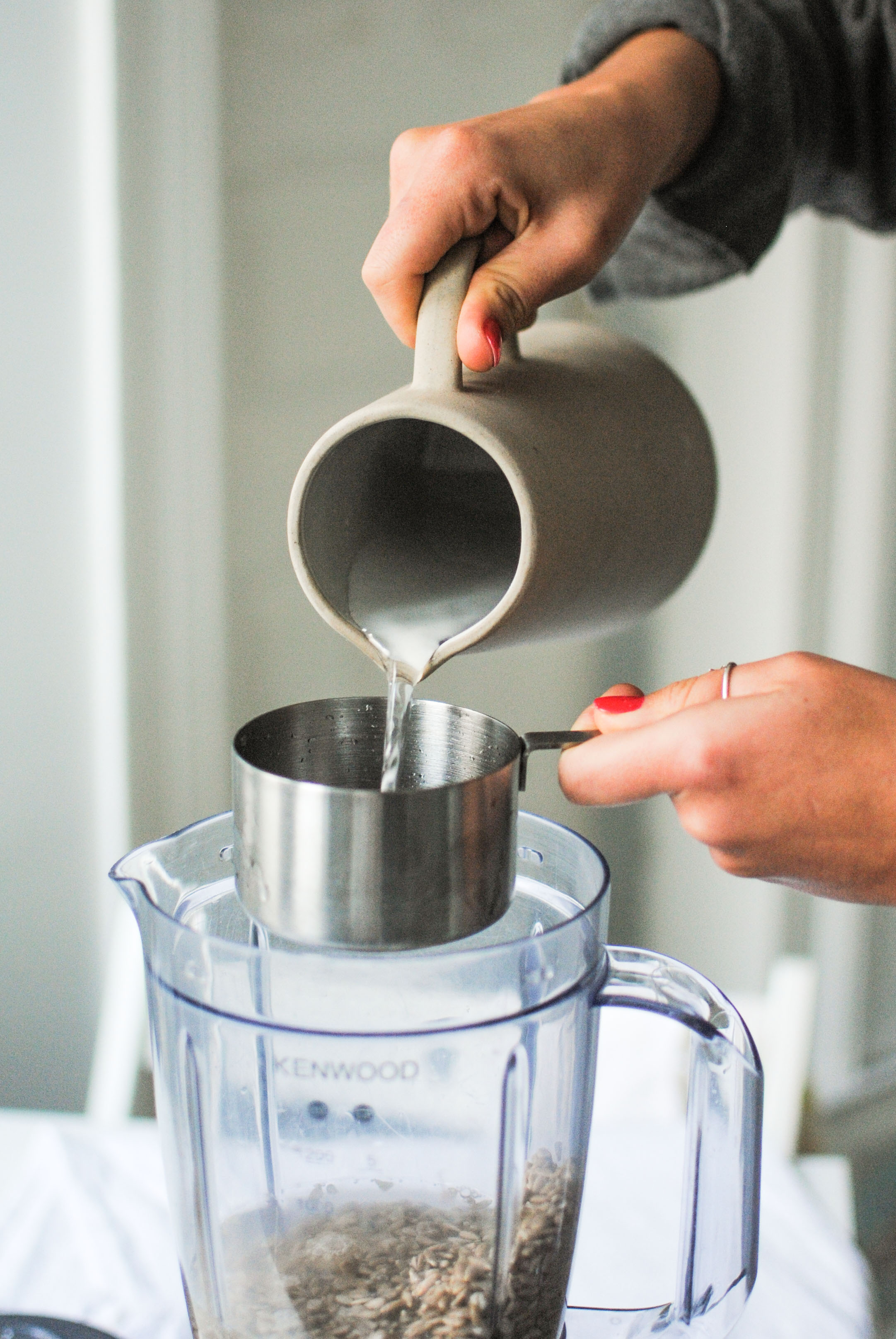
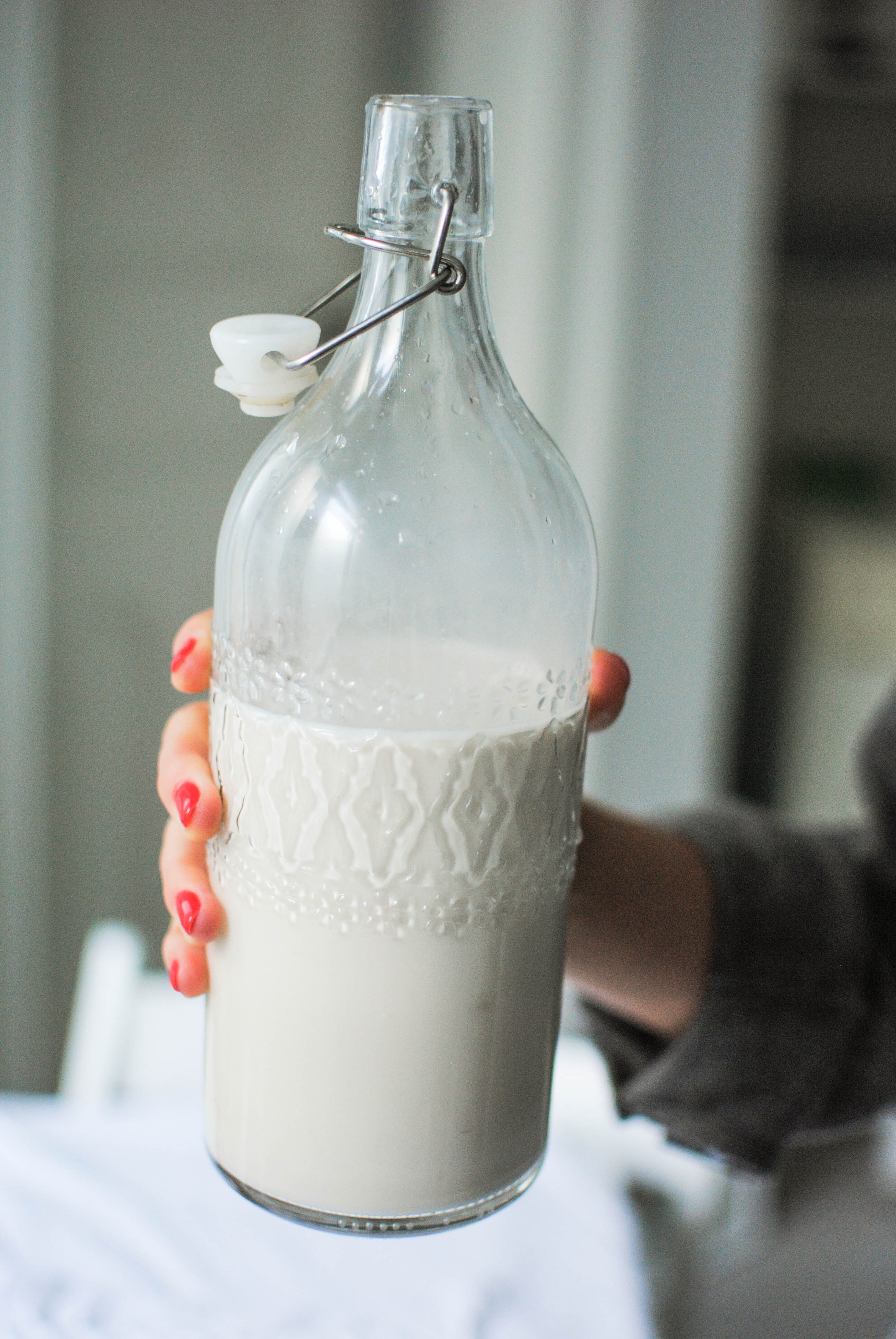
Note: Homemade milks can curdle when left in the fridge or heated. This doesn’t mean they are spoiled! Stir energetically or blend them again and, if you want, add a teaspoon of coconut oil (for each two cups) to help emulsify.
I hope this article put a light on plant milk options and motivated you to try your own versions at home!
Feel free to comment below any doubts you may have, add-on’s to this post or suggestions for the next “Plant Basics” themes!
with love,
Joana
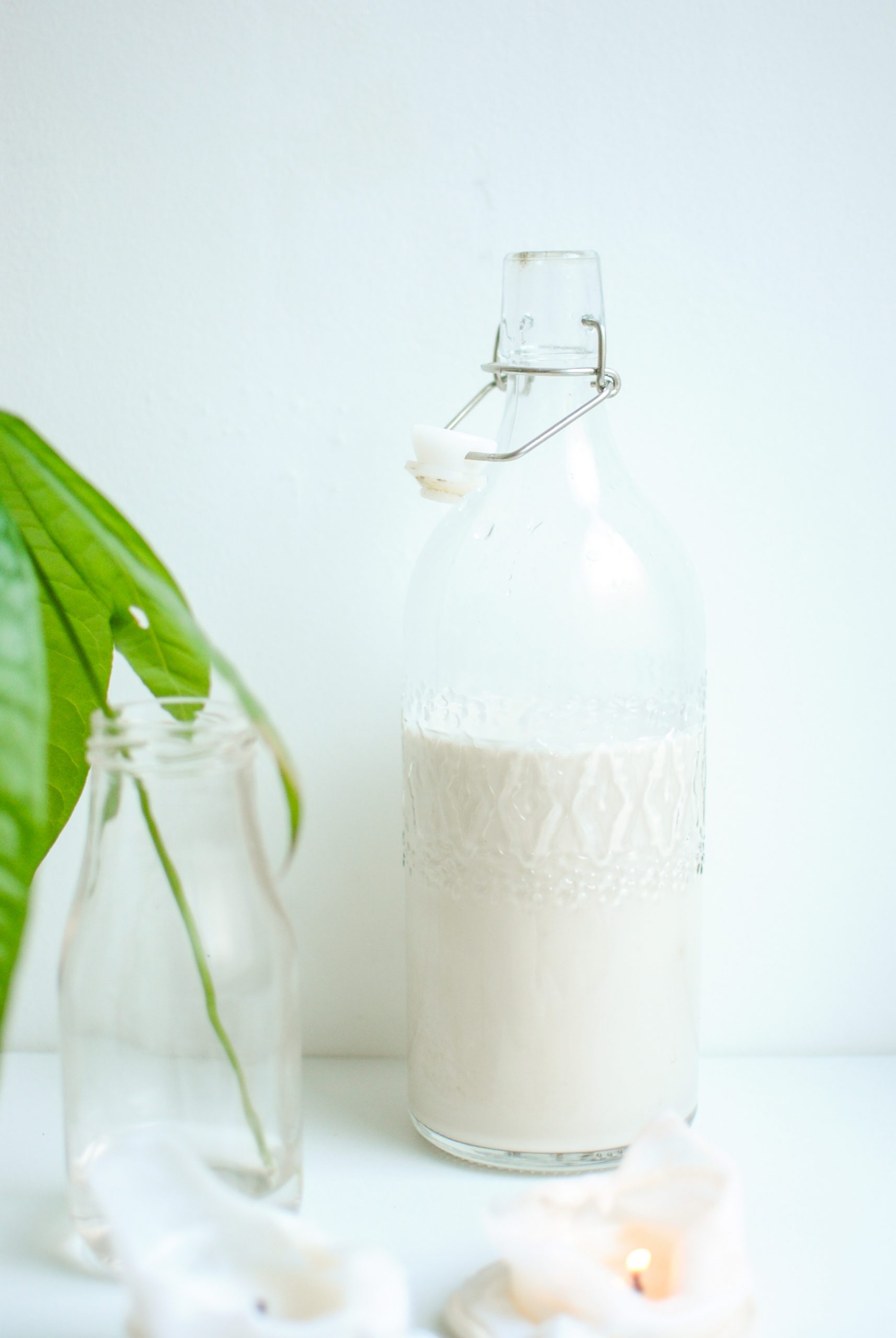
Vou experimentar já amanha essa receita com sementes de girassol! 😍😍😍
Experimenta e diz-me como correu Matilde 🙂
Beijinho
Joana
Thank you Joana, this post is really helpful! I’ve stopped buying regular milk some years ago but until now I only knew how to do homemade oatmilk.. The thing is, I never know what to do with the mylk pulp, sometimes I save it but it eventually it ends rotten and thrown in the garbage. Could you give some tips about it? What do you use it for? And how?
An admirer of your work,
Thanks girl!
About the pulp, you can freeze it ’till you need it.
When you have enough for a recipe, go ahead and add the pulp to cakes, cookies, crackers, granola (for big clusters!)… You can even add (the oat) pulp to soup or stews for it to act as a thickener!
You can also compost it or just add a bit of it to your plants, they’ll love the extra nutrients 🙂
Here are some ideas, hope you like them Maria!
Beijinho
Joana